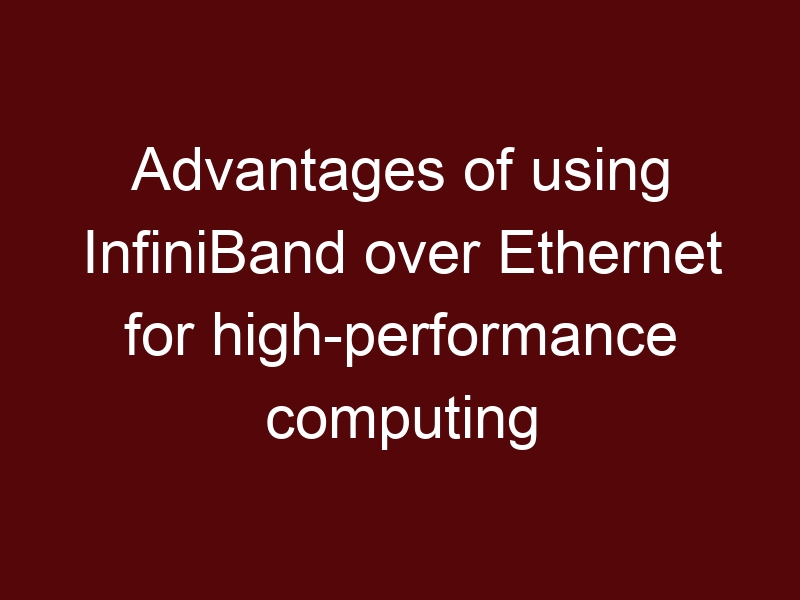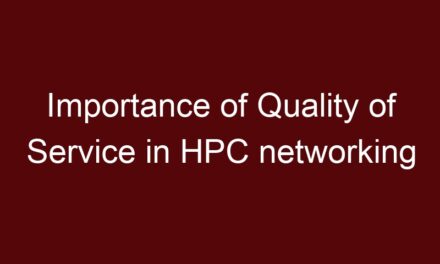Using InfiniBand over Ethernet for high-performance computing (HPC) offers several advantages that cater specifically to the demanding requirements of HPC workloads. Here are some key advantages of using InfiniBand:
1. Higher Data Transfer Rates:
InfiniBand provides significantly higher data transfer rates compared to Ethernet. InfiniBand can achieve speeds ranging from 10 Gb/s up to 200 Gb/s per link, depending on the generation of InfiniBand technology used. This increased bandwidth allows for faster data movement, which is crucial for large-scale simulations, data analysis, and other compute-intensive tasks in HPC.
2. Low Latency:
InfiniBand offers exceptionally low latency, which is the time delay between sending a request and receiving a response. Low latency is essential for real-time applications and for reducing communication overhead in parallel computing. InfiniBand’s design minimizes the time it takes for data to traverse the network, leading to improved overall system performance.
3. Message Passing and Scalability:
InfiniBand was designed with efficient message-passing capabilities in mind. This makes it well-suited for parallel computing models like MPI (Message Passing Interface), commonly used in HPC applications. InfiniBand’s ability to scale efficiently across a large number of nodes in a cluster ensures that HPC systems can handle complex simulations and computations effectively.
4. Remote Direct Memory Access (RDMA):
RDMA allows data to be transferred directly between the memory of one system and another without involving the CPU of either system. This reduces CPU overhead and communication latency, making data transfers more efficient. InfiniBand’s support for RDMA contributes to faster and more efficient data movement in HPC workloads.
5. Quality of Service (QoS):
InfiniBand supports advanced Quality of Service mechanisms, allowing administrators to prioritize traffic based on the needs of different applications. This ensures that critical HPC workloads receive the necessary network resources, optimizing performance and reducing contention.
6. High Performance Topologies:
InfiniBand offers flexible and high-performance network topologies, such as fat-tree and hypercube, that are optimized for HPC environments. These topologies provide efficient paths for data to travel, minimizing bottlenecks and ensuring high throughput.
7. Energy Efficiency:
InfiniBand is designed to be power-efficient, particularly in high-density computing environments. The use of fewer protocol layers and the ability to perform direct data transfers with RDMA contribute to lower power consumption per unit of data transferred, which is important for large-scale HPC clusters.
In summary, InfiniBand’s combination of high data transfer rates, low latency, message-passing capabilities, RDMA support, and optimized network topologies makes it a preferred choice for high-performance computing environments. It’s tailored to handle the unique demands of HPC workloads, ensuring efficient data movement and communication, which are critical for achieving peak performance in scientific simulations, data analysis, and other compute-intensive tasks.





